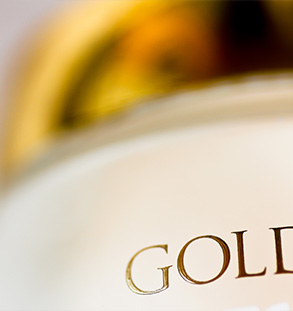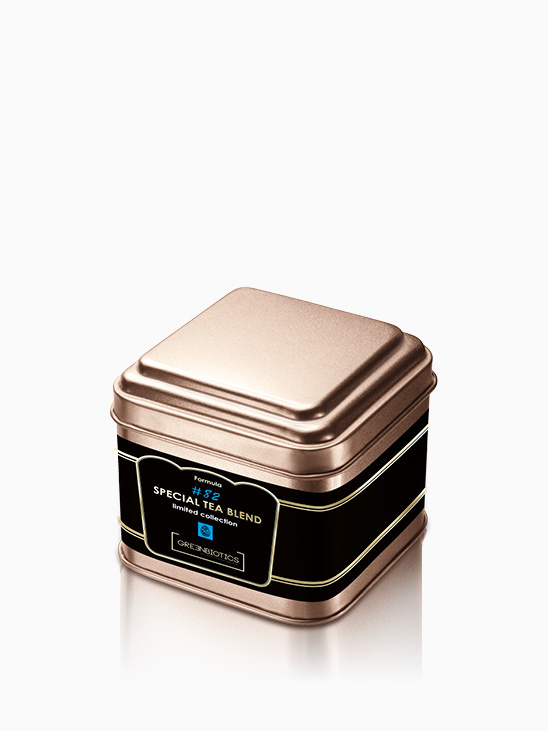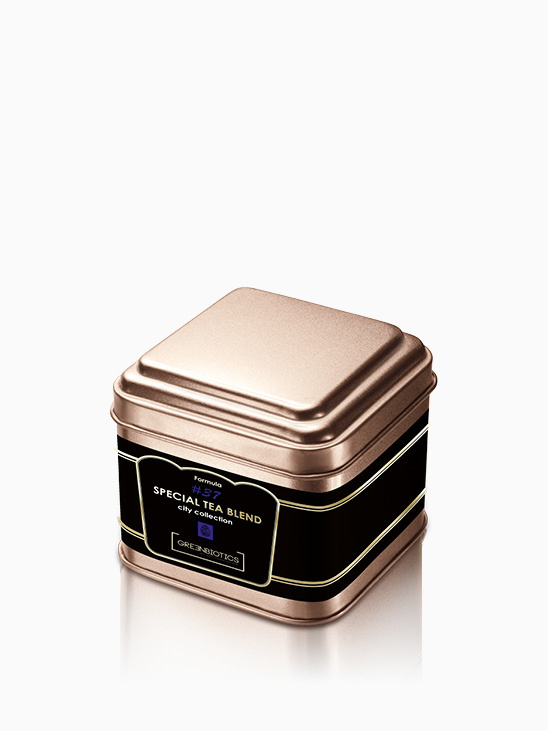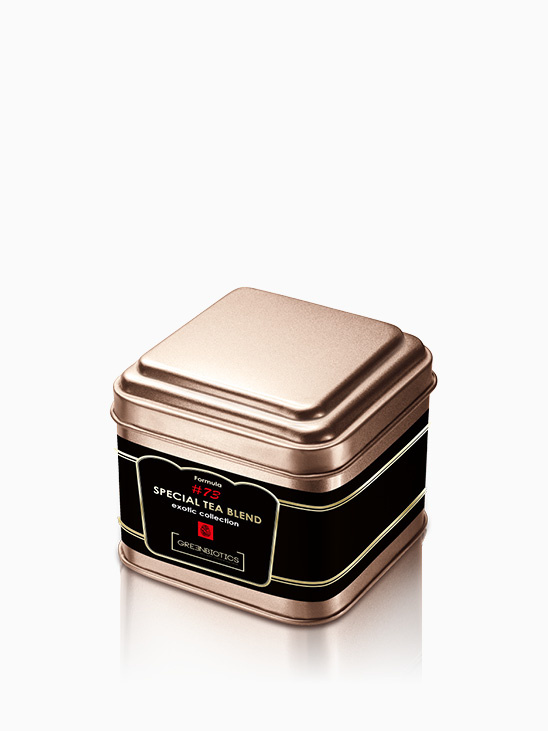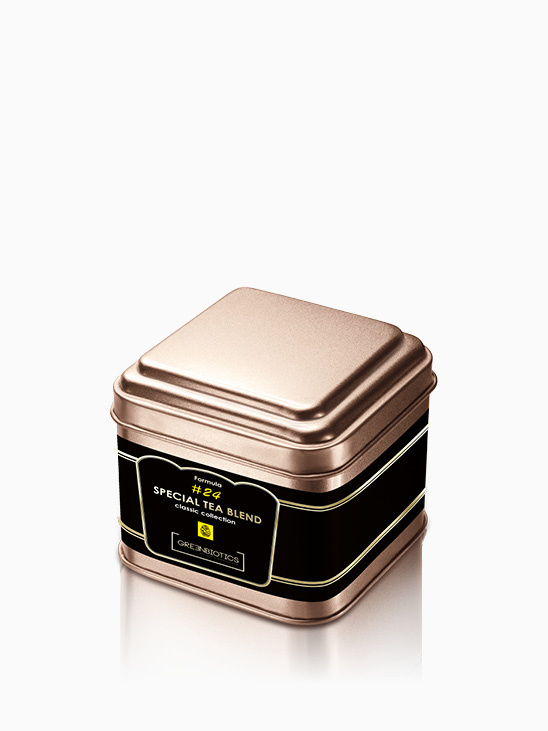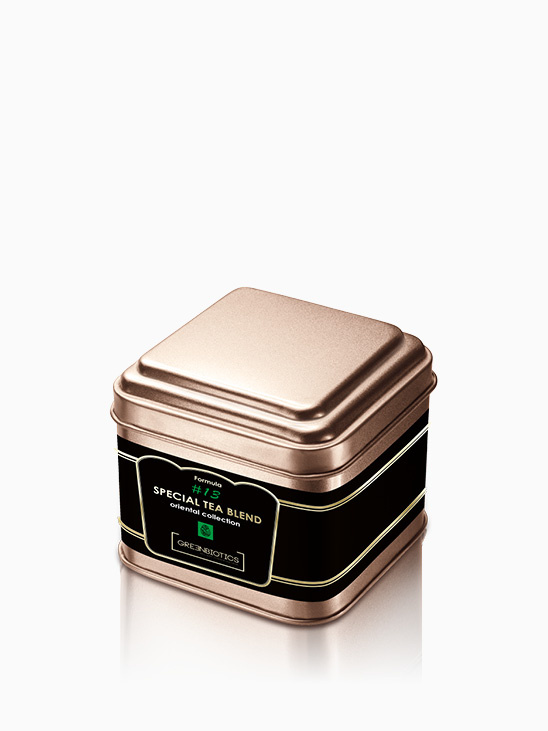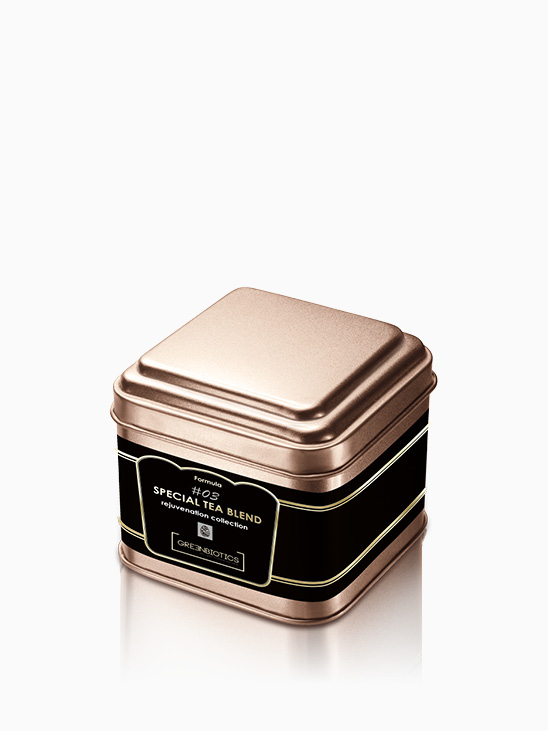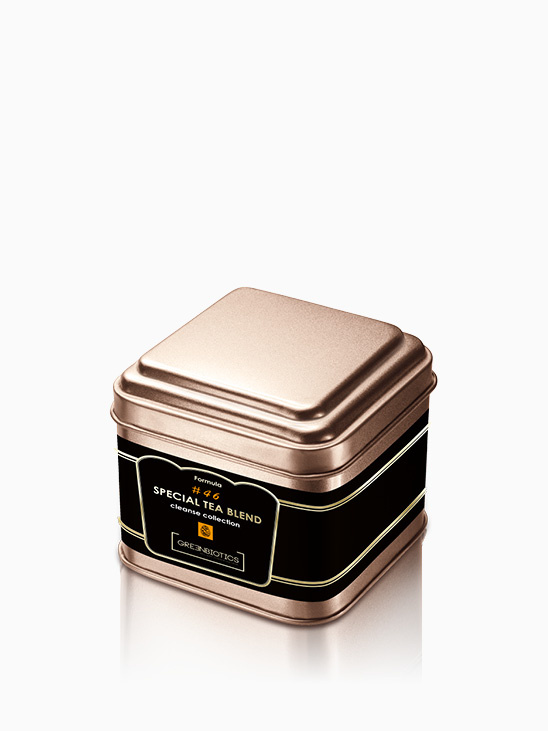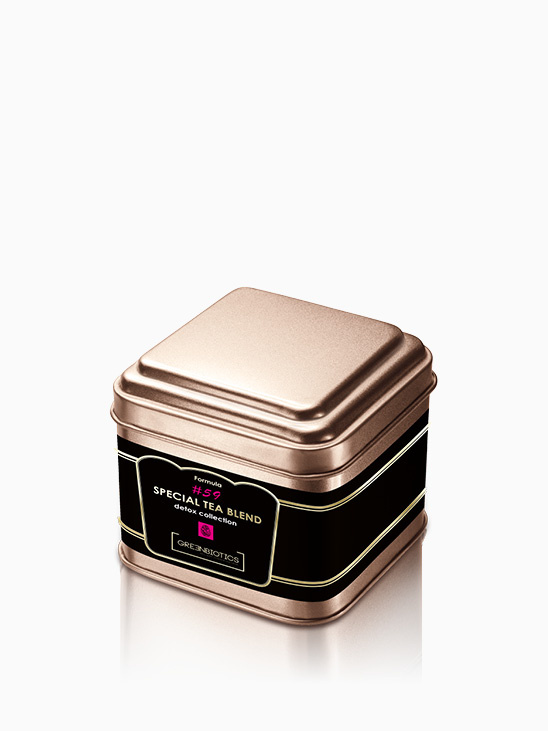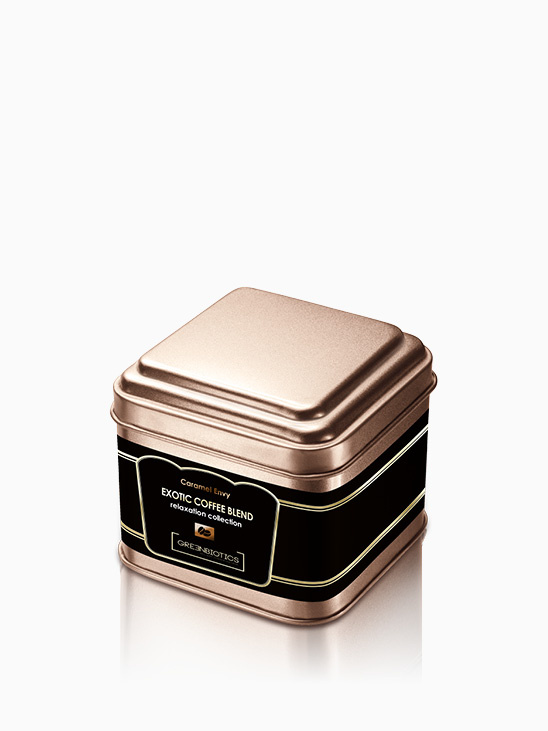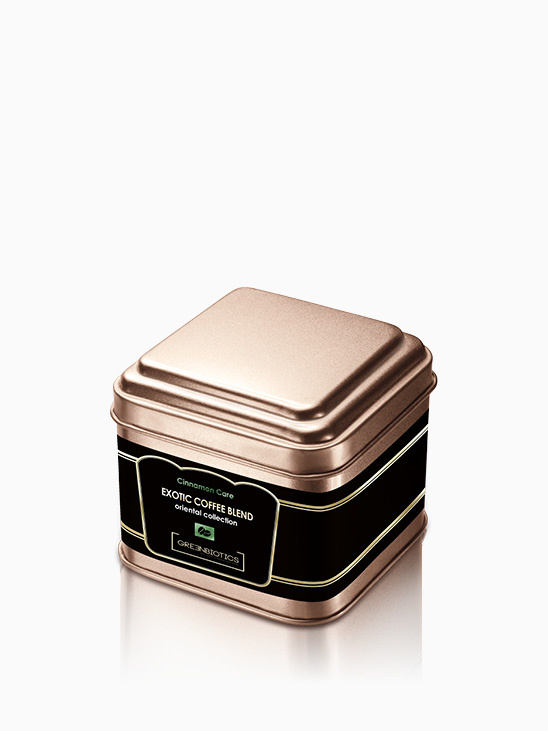Famous tea and coffee routes
Tea and coffee have been in existence for centuries, and both have become popular beverages around the world. Today, there exist thousands of coffee houses, and tea replaced most of our breakfast drinks. Initially, both beverages were known to have medicinal purposes and in some countries were used as herbs. Some natives made concoctions out of the tea leaves and coffee beans. Over the years, the two beverages have come to be appreciated.
Coffee was invented in Ethiopia during the eleventh century. The coffee has a bright white blossom with a red cherry-like fruit and a fragrance of jasmine .Back then people would boil the fruit, and the concoction was believed to contain medicinal properties. Years later, coffee spread out in other parts of the world. Coffee soon found its way to Arabian Peninsula where coffee cultivation and trade began. Later in the sixteenth century, it spread to Turkey, Syria, Persia and Egypt.
The Ancient Tea Horse Road
The ancient Tea Horse Road or chamada now widely known as the Tea Horse Road was a network of caravan paths winding via the mountains of Yunnan, Guizhou, Sichuan in Southwest China. The route is also commonly referred to as the Southern Silk Road. This route extends to Bengal in South Asia.
From around a century ago, the Tea Route was a business link from Yunnan, one of the initial tea-producing regions. From here tea was transported to Bengal via Burma; to Tibet; and to central China through Sichuan Province. Both horses and people carried heavy loads, the tea porters sometimes transported more than 90 kg, which was always more than their own body weight.
It is widely believed that it was via this trading network that tea (commonly tea bricks) first spread across Asia and China from its origins in Pu’er county. The popular route earned the tittle tea-horse road because of the Tibetan ponies trade for Chinese tea, a practice dating back to the Song dynasty.
Tea route from china to west Asia
Tea originated from China in connection to the mythical emperor Shennong. Shennong is viewed as the father of Chinese medicine and agriculture. For tea, the Ancient Tea Horse Roads were the routes used to transport tea between ancient China and West Asia. Although there were many old ways, the main ones were only two and were stemmed from the two primary tea production areas. Ya’an in Sichuan and Puerh in Yunnan. For thousands of years, horse hoofs, and human feet paced on these routes trading tea.
Coffee route from Egypt to Italy
The active trade between Egypt and Venice, lead to transportation of coffee from Egypt to the leading Italian port. After discovering the delicious taste of coffee, Venetian business men were convinced of its potential and embarked on importing coffee after 1570. As with all new customs, the most rich were the first to enjoy this beverage. Later, coffee was sold in the Venice markets; eventually becoming broadly available for the general public. The initial Venice coffee-houses were opened in 1645. Venice had no less than a whopping 218 coffee outlets. Eventually, the drink became the primary object of trade between Rome, Venice, Amalfi, Genoa, Turin, Milan, and Florence.
Coffee route from Italy to Europe and America
Muslims inside and outside Europe acted a significant role in transferring coffee throughout Europe. Sources also show that coffee arrived in Europe through Italian links. After Italy, France and England followed suit and embraced coffee. In America, the introduction of coffee is accredited to France through its colonization. The Dutch got a hold of the seedlings, and the plantation thrived on the Java island currently known as Indonesia. In 1714, coffee was introduced to America where it was successfully cultivated. At first brewed coffee was bitter but with time, the production has been enhanced, and we have seen coffee evolve from a bitter beverage to a sweet drink preferred by thousands of people.
How tea was transported in the past
All Chinese tea was initially pressed into cakes, discs or bricks just like how the great Puerh of the Yunnan is still manufactured today. Before the Sung dynasty, the disc is the form it always took as tribute tea.’ For easier transportation and preservation, tea was processed by steaming then pressed into cakes which were known as Biing Cha. The discs were loaded into stacks of seven before being wrapped in bamboo leaves. The horses would then transport the tea. In Chinese culture, seven is an important number. According to them, seven is a number of an entirely completed cycle for each period of the moon lasts seven days.



